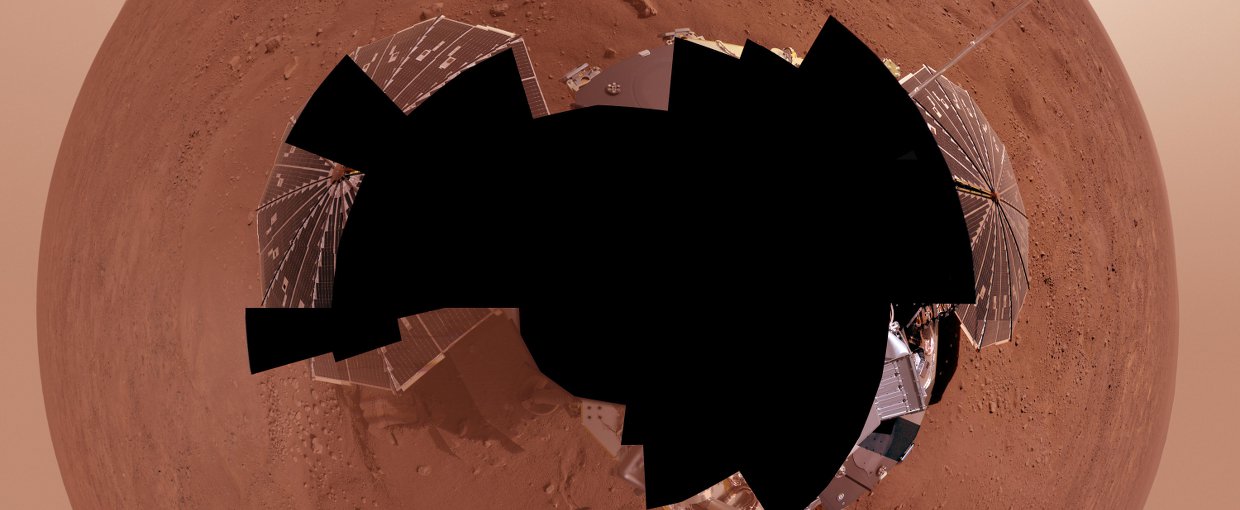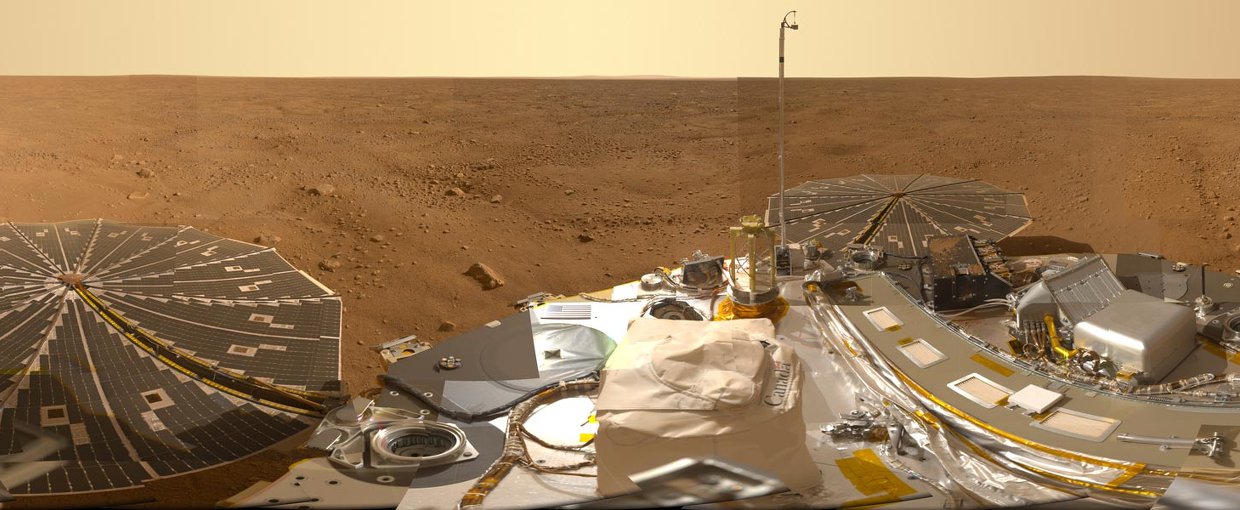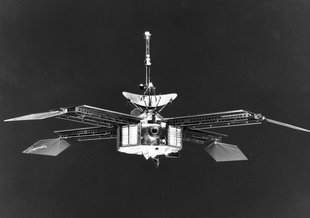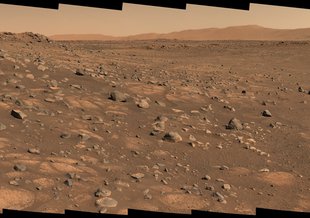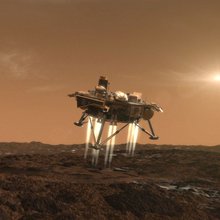- Launch Date August 04, 2007
- Arrival Date May 25, 2008
- End DateNovember 02, 2008
- Mission TypeLander/Rover
- TargetMars
Mission Overview
Launched on August 4, 2007, the Phoenix Mars Mission was the first mission in NASA’s Scout Program. Phoenix was designed to study the history of water and habitability potential in the martian arctic’s ice-rich soil. Phoenix landed May 25, 2008, farther north than any previous spacecraft to land on the martian surface.
Relevance to Astrobiology
Phoenix provided invaluable data about the northern polar region of Mars. The lander verified the presence of water-ice in the Martian subsurface, and returned more than 25,000 pictures from sweeping vistas to near the atomic level using the first atomic force microscope ever used outside Earth. Phoenix provided data for astrobiologists concerning the history of water on Mars and whether or not the martian arctic could have supported habitable environments in the past. The mission documented mildly alkaline soil unlike any found by earlier Mars missions; found small concentrations of salts that could be nutrients for life. Phoenix also discovered perchlorate salt, which has implications for ice and soil properties; and found calcium carbonate, a marker of effects of liquid water.
NASA Astrobiology Involvement
Numerous researchers supported by elements of the NASA Astrobiology Program have been involved in analyzing data returned by the Phoenix lander. Mars is a target of high interest for astrobiology, and the primary goals of astrobiology at NASA were key to Phoenix’s mission design and implementation.
The Astrobiologists
Researchers supported by the Exobiology and Evolutionary Biology program, including Nilton Renno of the University of Michigan at Ann Arbor, served as co-investigators on the Phoenix mission’s science team.

